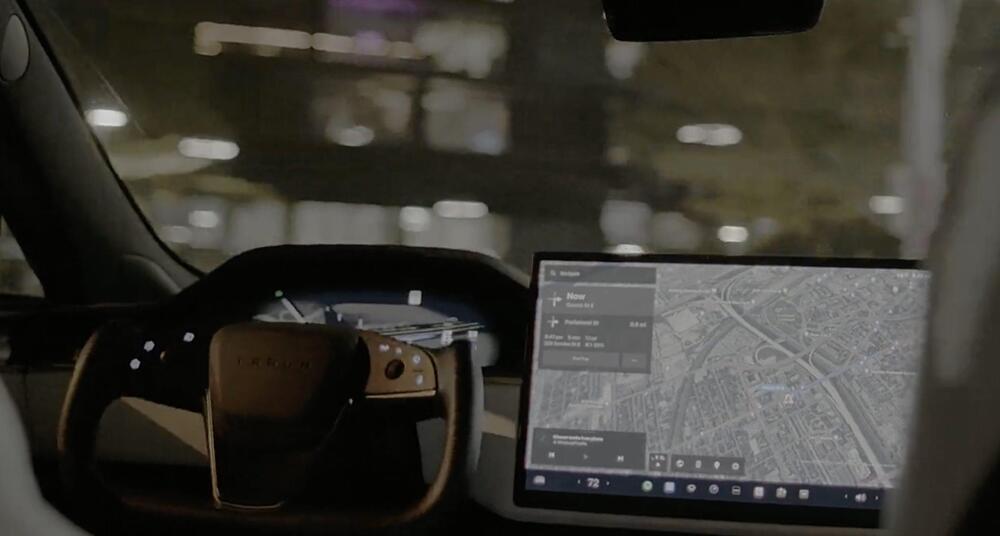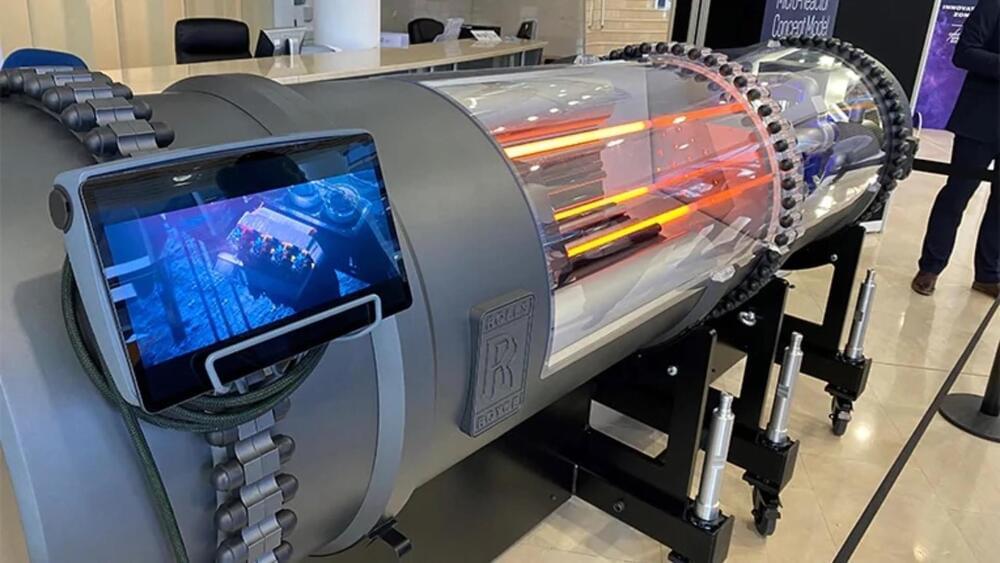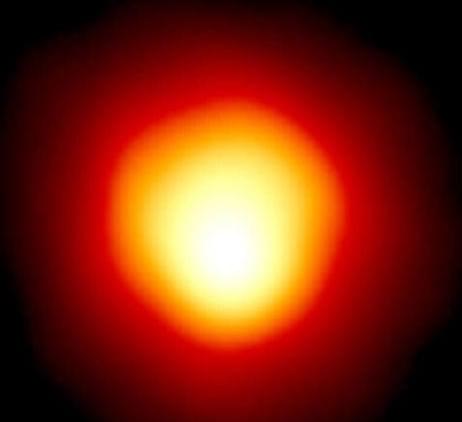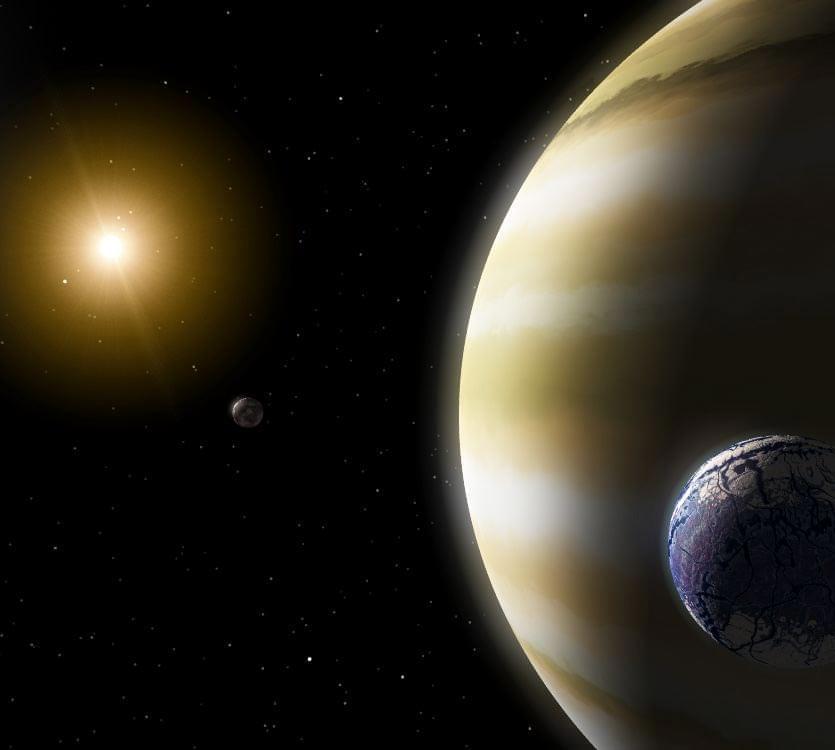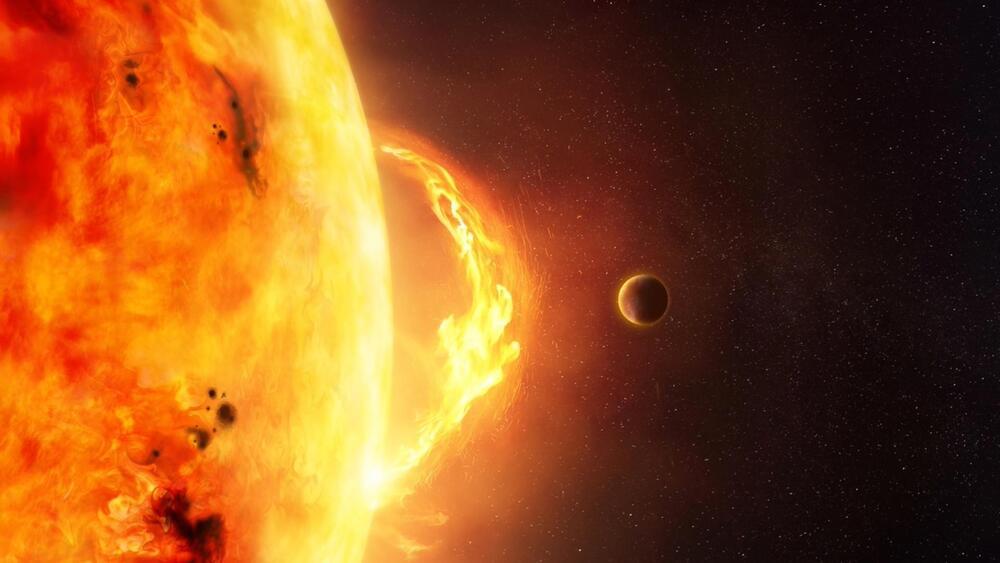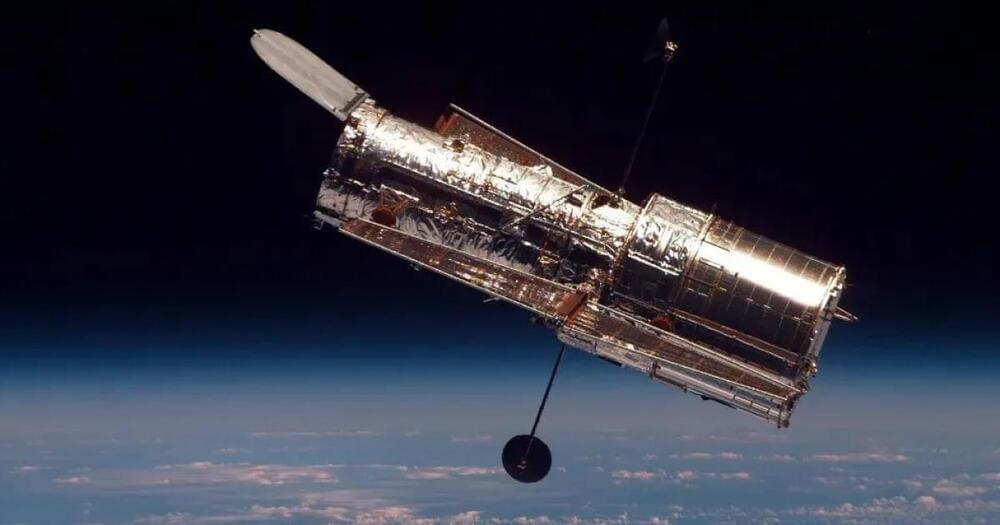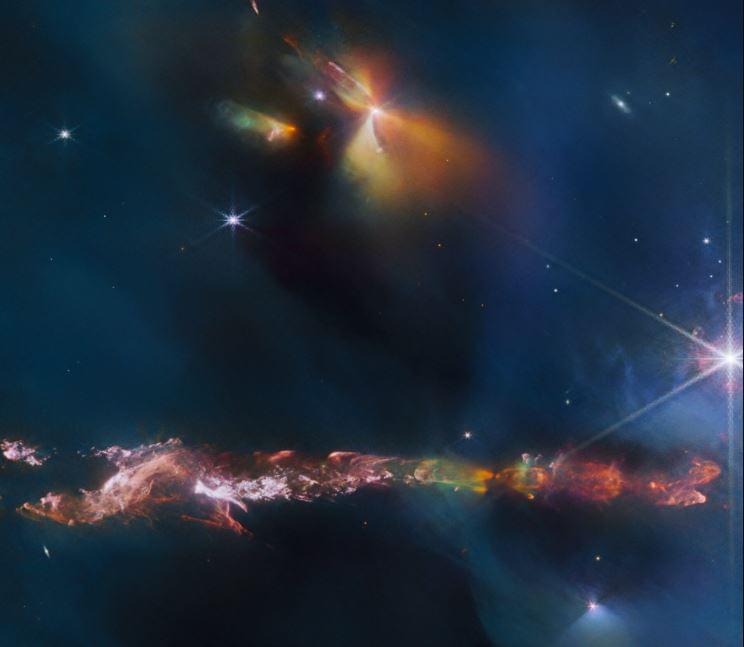Dec 9, 2023
Tesla working on ‘tap to park’ feature, says Elon Musk
Posted by Genevieve Klien in categories: Elon Musk, robotics/AI, space
Tesla CEO Elon Musk has alluded to an upcoming “tap to park” feature for the automaker’s Full Self-Driving (FSD) beta. While it isn’t clear when it’s expected to become available, some have already pointed out how useful such a feature could be.
On Friday, Musk responded to a post on X saying that Tesla is developing a feature in which the car identifies potential parking space options, letting users tap the one they want to use. Upon doing so, the driver will then be able to leave the vehicle before the vehicle parks in the selected space.
The statement came in response to another post claiming that a 360-degree bird’s eye view would be irrelevant in a world of self-driving vehicles, as the driver wouldn’t need to do anything at all for the vehicle to locate and park in a specific spot.
